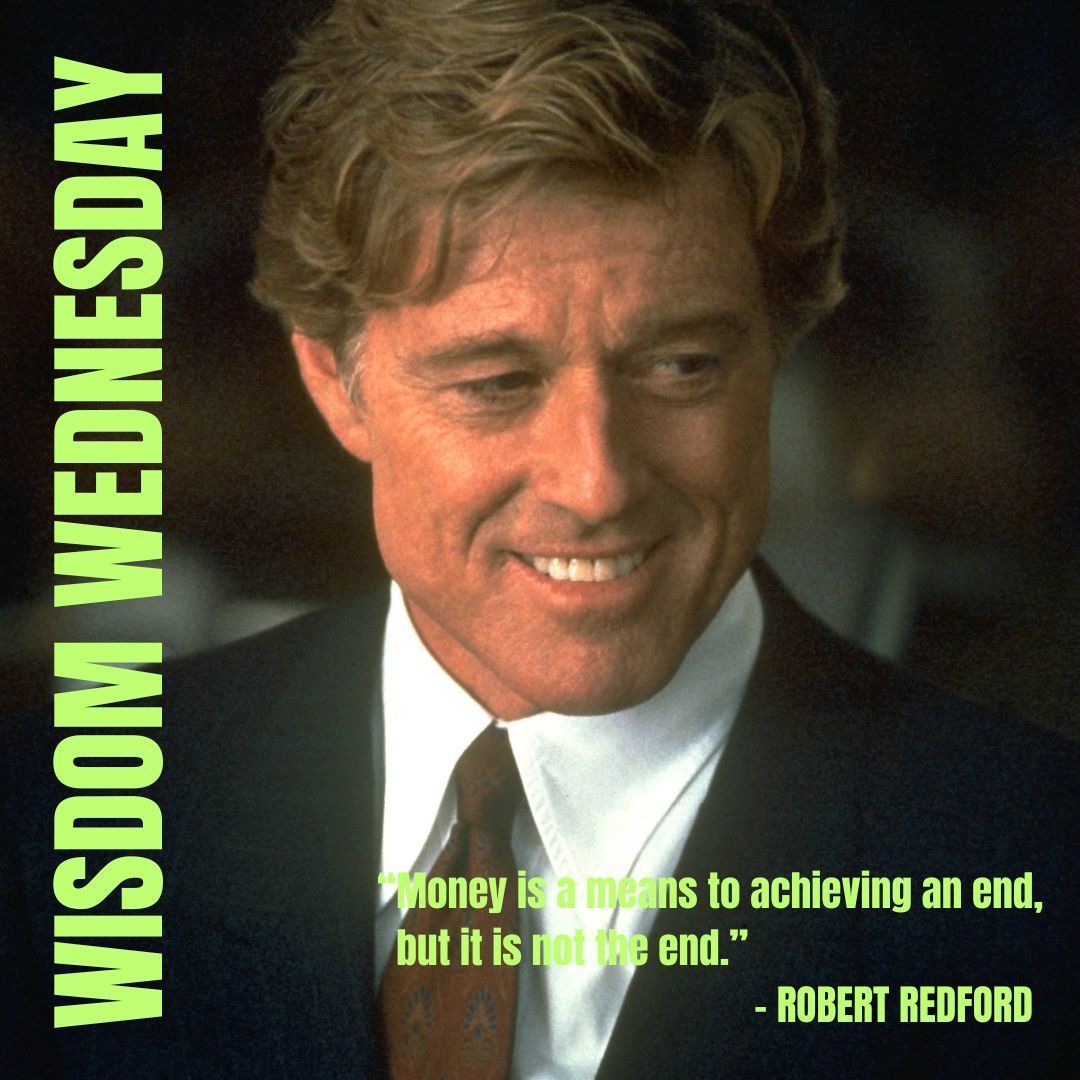THE POWER OF money
Money, according to economists, is a medium of exchange, store of value, unit of account.
To which other social sciences might add, it is a source of status and social prestige, a provider of physical and psychological security, a contributing factor to human welfare and well-being, a basis for military strength, a source of public influence and political power.
But these terms merely describe its major functions without really explaining what money is.
Money is an evolving symbol of economic value and social power. Over the past two thousand years, it has undergone numerous changes in form, content and the source of the value it seeks to represent. In early times, money took the form of objects of intrinsic value such as cows, tobacco, furs, grain, and various metals. It later took the form of intrinsically or ornamentally valuable objects such as precious metals, which acquired symbolic value as a representative for many other objects. It was also standardized in the form of coins minted from precious metals, whose value was linked to their metallic content.
The introduction of purely symbolic money as a substitute for material objects marked an important stage in social development. Symbolic money was created based on trust in an issuing institution, such as the receipts issued for grain on deposit in the Pharaoh’s warehouses or gold on deposit with London goldsmiths, and the myriad bank notes issued by literally thousands of American banks during the 19th century.
Originally intended to reflect existing material assets, money also gradually evolved to represent future intention and purchasing capacity. Promissory notes indicating an intention to pay in future became a powerful stimulus to trade in Renaissance Italy.
Wooden tallies issued by the British treasury became prevalent around the same time to represent the Treasury’s future tax receipts. The government bonds so prevalent today constituted an essential foundation for the rise of modern nation-states. Ultimately, this led to the issuance of purely at currencies, backed only partially by precious metals and anticipated tax revenues. The real backing for national currencies is trust in national institutions of governance supported by the physical assets and productive capacities of the nation issuing them.
The progressive etherealization of money has given rise to endless suspicions, cries of outrage and conspiracy theories, under the assumption that money is, in essence, a physical thing (like the cows and gold nuggets) which has been corrupted and perverted by evil minds.
But the etherealization of money has also taken place during the most remarkable period of development in human history and has been associated with a seven-fold rise in real global per capita GDP, so we are advised to seek to fully understand its contribution to human development before condemning and rejecting it wholesale. Closer analysis will show that the growing power of money has always arisen from its symbolic value. Still, we are describing only types of money without yet inquiring into what money truly is. We can better understand the power of money by conceiving of it as a purely human creation.
Want to learn more about Money and Investing?
Visit: AutomatedEntrepreneur.ca/Invest/FINANCIALFORTRESS













